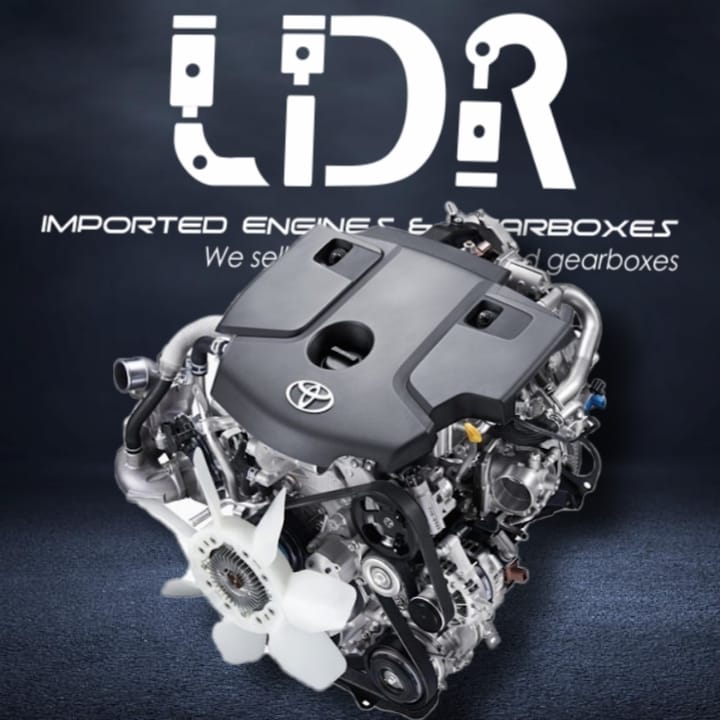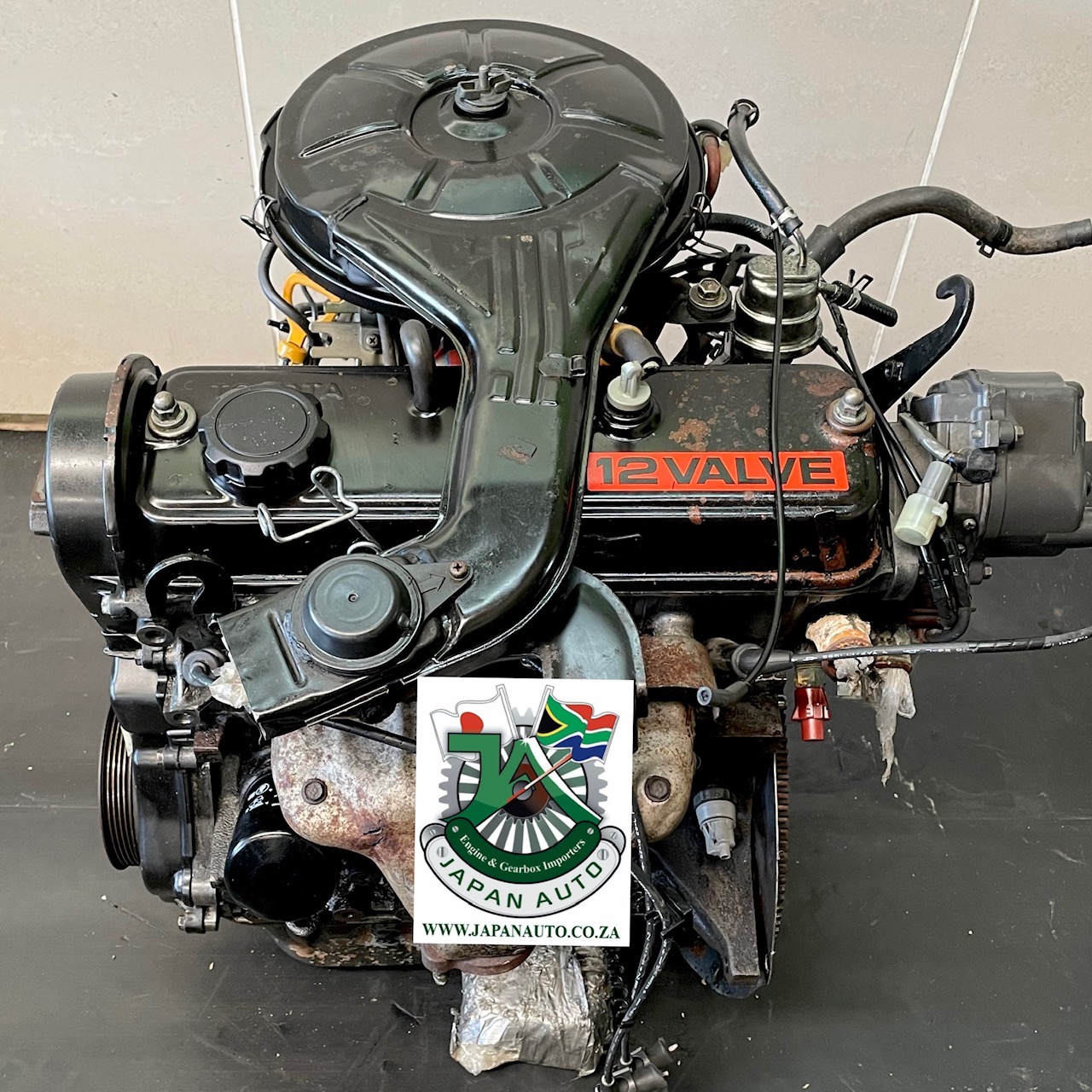Is the Toyota Tazz the Right Car for You? A Guide to Its Features and Value
Is the Toyota Tazz the Right Car for You? A Guide to Its Features and Value
Blog Article
Check Out the current Fads in Engine Technology Via Tazz
In the rapidly developing landscape of vehicle modern technology, Tazz stands at the forefront, highlighting significant advancements in engine systems that prioritize both development and sustainability. From hybrid engines that maximize gas effectiveness to the development of hydrogen gas cells, the fads shaping modern powertrains are not just boosting performance yet likewise dealing with crucial ecological obstacles.
Crossbreed Engine Innovations
Crossbreed engine innovations represent a pivotal change in vehicle innovation, combining the advantages of internal burning engines with electric propulsion systems. This integration not just enhances gas efficiency yet likewise reduces discharges, meeting significantly strict ecological policies. By making use of both energy resources, hybrid engines can optimize efficiency, delivering power when required while conserving gas throughout less requiring driving problems.
Current developments in crossbreed technology consist of improvements in battery effectiveness and regenerative stopping systems. These developments enable greater energy recuperation during deceleration, which can be rerouted to assist in acceleration or power accessory systems. Manufacturers are focusing on light-weight products and portable designs to make the most of the effectiveness of crossbreed powertrains.
The growth of plug-in hybrids has also broadened the marketplace, making it possible for drivers to charge their cars utilizing common electric outlets. This attribute often allows for significant all-electric variety, additional reducing reliance on standard gas. tazz. As the vehicle sector remains to progress, hybrid engine modern technologies are anticipated to play a crucial role in bridging the gap in between standard vehicles and fully electrical versions, giving a transitional remedy that provides to varied consumer requirements and preferences
Advances in Electric Powertrains
The automotive landscape is swiftly advancing, with electrical powertrains arising as a leading force in sustainable transportation. Advances in electrical lorry (EV) innovation are substantially improving efficiency, efficiency, and user experience. Trick technologies consist of renovations in battery chemistry, which have enhanced power density, reduced billing times, and prolonged general battery life.
Solid-state batteries, as an example, promise to reinvent the marketplace by providing better safety and performance compared to typical lithium-ion cells. Moreover, developments in regenerative stopping systems are enabling lorries to recover power during slowdown, adding to general performance.
Along with battery modern technology, electric motor styles are coming to be more advanced. Technologies such as integrated motors and progressed thermal monitoring systems are helping to enhance power shipment and lower weight, ultimately enhancing automobile characteristics.

Jointly, these breakthroughs emphasize the dedication to change in the direction of cleaner, a lot more effective transportation services, positioning electrical powertrains at the center of auto advancement.
The Increase of Hydrogen Fuel Cells
Increasingly, hydrogen fuel cells are obtaining grip as a feasible option to conventional internal burning engines and battery electrical cars. This technology harnesses the chemical power kept in hydrogen, converting it right into power with an electrochemical reaction with oxygen. The key by-product of this process is water, making hydrogen gas cells an eco-friendly alternative with no discharges at the tailpipe.

Car manufacturers are increasingly investing in hydrogen fuel cell innovation, identifying its potential for long-range applications and rapid refueling abilities that equal standard fuels. Additionally, industries such as durable transportation and public transportation are specifically well-suited for hydrogen fuel cells, where battery electric services may drop short because of weight and array constraints.
As study and investment continue to expand, hydrogen fuel cells are poised to play a significant role look at here in the future landscape of clean transportation and energy solutions.
Enhancements in Internal Combustion Engines
Innovations in internal combustion engine (ICE) innovation are transforming conventional cars to satisfy contemporary environmental standards and efficiency assumptions. Among one of the most considerable improvements entails the integration of innovative fuel shot systems. These systems enhance the air-fuel mixture, improving burning efficiency and leading to reduced discharges. Straight fuel shot, for circumstances, allows for much better atomization of fuel, causing even more total combustion and improved power output.
In addition, turbocharging has obtained importance, allowing smaller sized engines to provide greater performance without the weight of bigger engines - tazz. This innovation not only improves efficiency yet also adds to reduce gas consumption. Variable shutoff timing systems are also being improved, enabling engines to adjust to various driving problems for improved torque and responsiveness
Additionally, the use of light-weight products in engine building is coming to be have a peek at this website common, further improving gas efficiency by minimizing overall automobile weight. Engine control devices (ECUs) are increasingly innovative, making it possible for real-time modifications that maximize efficiency and emissions.
These improvements jointly signify an essential change in ICE technology, lining up with worldwide sustainability objectives while still providing the performance motorists anticipate from their vehicles. As the market progresses, these renovations remain go now to shape the future of standard vehicle design.
Future Trends in Engine Efficiency
Considerable improvements in engine performance are anticipated as manufacturers concentrate on integrating innovative modern technologies to fulfill rigorous ecological regulations and consumer demands. The shift towards electrification, hybrid systems, and alternative fuels is reshaping the vehicle landscape, driving technologies that boost gas economy and reduce emissions.
One of the essential patterns is the application of advanced materials and manufacturing techniques. High-strength alloys and light-weight compounds add to minimized automobile weight, therefore enhancing general performance. In addition, the fostering of turbocharging and variable shutoff timing modern technologies enables improved power output from smaller engines, further enhancing gas economy.

Final Thought
Advancements in crossbreed engine systems, electrical powertrains, and hydrogen gas cells demonstrate a dedication to minimizing emissions while enhancing efficiency. Improvements in internal combustion engines and a focus on light-weight products add to total engine performance.
From hybrid engines that maximize fuel performance to the emergence of hydrogen gas cells, the fads forming modern powertrains are not only improving performance but additionally attending to important environmental difficulties.Crossbreed engine technologies stand for a pivotal change in automotive technology, combining the advantages of inner burning engines with electrical propulsion systems.Furthermore, turbocharging has actually gotten importance, enabling smaller engines to deliver greater efficiency without the weight of bigger engines. Furthermore, the adoption of turbocharging and variable valve timing technologies permits for boosted power outcome from smaller engines, further enhancing gas economic climate.
Enhancements in interior combustion engines and an emphasis on light-weight materials add to total engine effectiveness.
Report this page